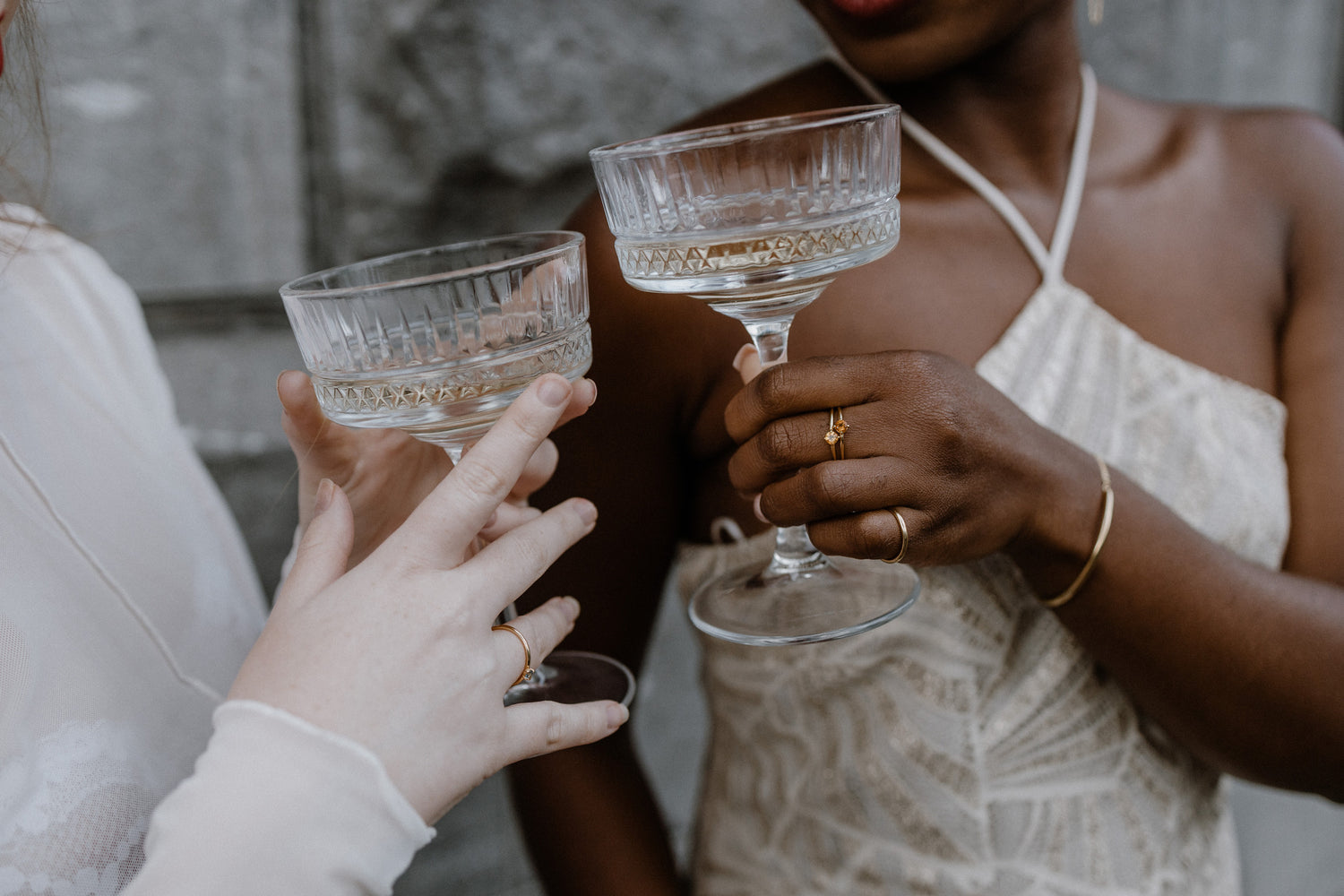Gems of all kind
Gems are in all shapes and sizes and also in different qualities. Firstly, one gem is more expensive than another, and then the quality per gem can also vary considerably. Unfortunately, it is true that gems are regularly cheated. Stones are sometimes copied and treated very often so that they look better or are equal to each other. We believe in the purity of the stone to keep the energy as clean as possible.
Treated gems
The trick is to know which stones are real and which counterfeit. Once you have a certain stone in your hands, you know what the real stone should look and feel like. In addition, there are a number of things to keep an eye on, especially the price. If you see a brightly colored stone for little money, then chances are that it is not natural.
Some gems are traditionally treated. Onyx is always painted to get that deep black color, of itself the Onyx is a more deep dark gray stone. Heating is a traditional way to achieve more color. This often happens with a light amethyst, when heated it gives a yellow glow, making it look like a citrine that is much more expensive than the amethyst. The purple Amethyst is a stone that can vary greatly in quality, the deep purple clear version is more expensive than the light veined version.
Turquoise is rather soft and porous in itself, which is why they often use the “stabilized” technique. Turquoise is easier to process if it is treated with a type of resin in which the turquoise is immersed, making it harder.
Another technique is “reconstituted”, whereby the stone (often the leftovers) is ground into a powder, then mixed with resin and dye, poured into a mold and dried. That block is then cut and further processed. There is hardly any real stone in this.
How do you recognize pure, fair gemstones?
- Value for money
If you see a gem that is suddenly a lot cheaper than you would expect, then it’s probably not real / fair.
- How does the gemstone feel?
Precious stones are always slightly cooler than glass. At this tip you have to know how glass feels natural, but glass heats up faster. Hold the stone against your cheek.
Being too light is never good, but plastic can be recognized quickly.
- If you see something of seams on the outside, or bubbles on the inside, then you also have a fake poke. Precious stones can have inclusions (but never perfect bubbles.
Our tip: Don’t go for the cheapest, but see if the seller knows what he or she is selling and where it comes from.
Read more about gems? We love to share our story of our workshops and where our gems come from.


